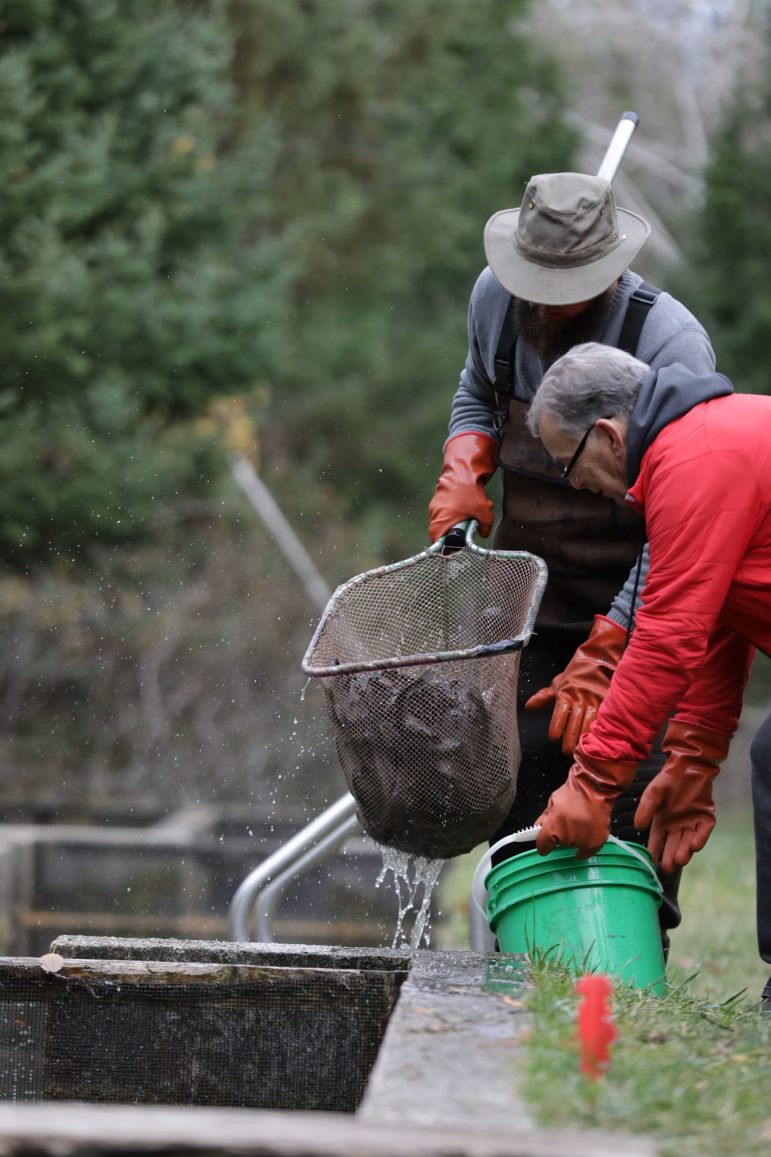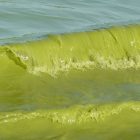
By Isabella Figueroa
There are many reasons for aquaculture, like food, stocking, ornamental and bait. Historically, commercial fishing provided local, sustainable seafood. Due to environmental regulations, species decline and economic shifts, however, this industry has shrunk in the Great Lakes Region, according to a recent study.

By Eric Freedman
In nature, a lot can change on a largely uninhabited Great Lakes island over the course of a century. And a lot can stay the same. That includes the disappearance and appearance of wildlife species. That’s what scientists discovered when they inventoried mammals and amphibians on Charity Island, a 252-acre speck near the mouth of Saginaw Bay in Lake Huron. It’s one of about 35,000 islands in the Great Lakes, most of them even smaller than Charity Island, according to a recent study.

By Emilio Perez Ibarguen
Michigan beer and pop buyers increasingly aren’t bothering to return their bottles and cans to get their deposit back, and in the process left more than $116 million on the table last year. Some beverage industry representatives are pointing to the decrease as a sign that the law has become irrelevant. Meanwhile, retailers and environmentalists alike are looking at what could be done to make returning empties more convenient — although they butt heads on how exactly to do so.

Since the 1990s, algae blooms have become increasingly common each summer in western Lake Erie. The blooms are caused by an overabundance of nutrients, namely phosphorus, that spills into the lake off farms. Credit: National Oceanographic and Atmospheric Administration
By Emilio Perez Ibarguen
Michigan and its neighbors have missed a 2025 deadline to curb the farm pollution that feeds toxic algal blooms in western Lake Erie, despite 10 years of work and millions of dollars spent on the effort.
Now, state officials are revamping their strategy. But they’re not setting a new deadline for now.
More Headlines




